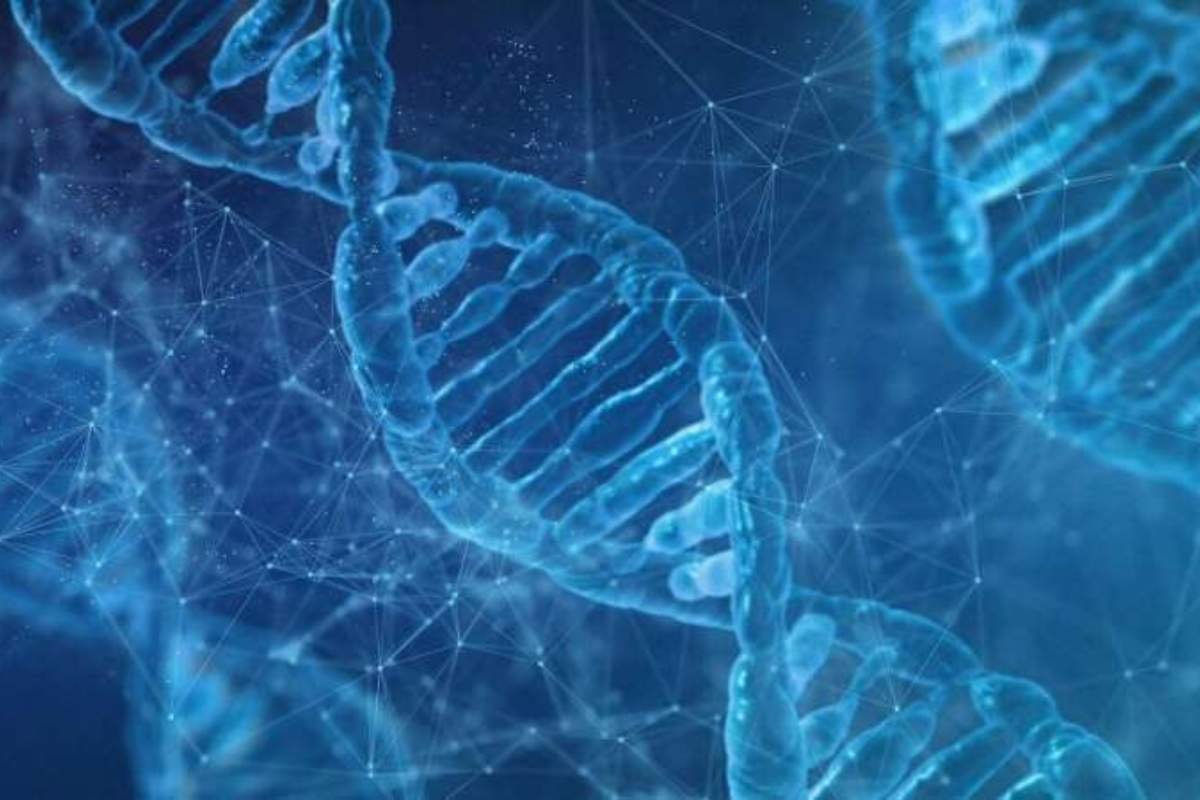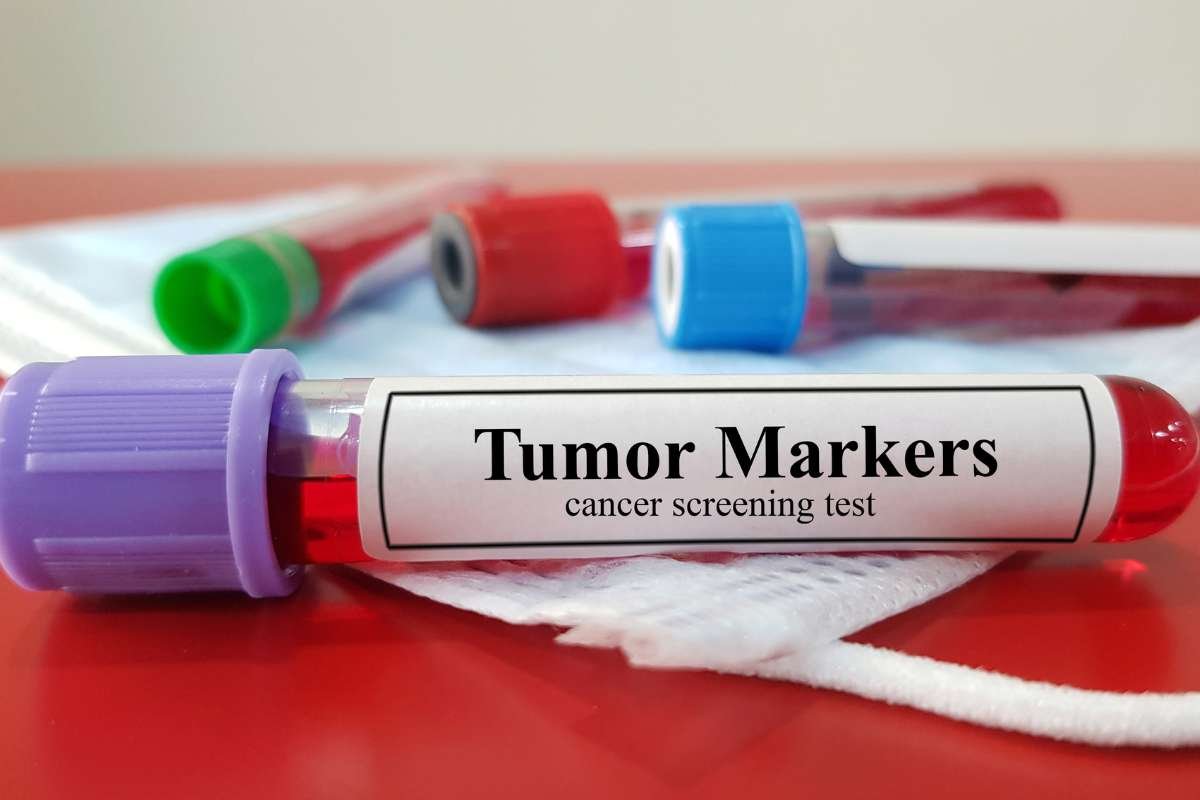Because of its aggressiveness and lack of available treatments, glioblastoma multiforme (GBM) is one of the most difficult cancers to treat. GBM is a malignant brain tumor that presents substantial clinical and therapeutic problems due to its high recurrence rate and unfavorable prognosis. We delve into the complexity of GBM in this extensive guide, covering its pathophysiology, diagnosis, treatment options, and current research initiatives targeted at enhancing patient outcomes and quality of life.
Understanding Glioblastoma Multiforme: Pathophysiology and Molecular Characteristics:
Glioblastoma multiforme is a type of primary brain tumor that arises from glial cells, particularly astrocytes. It is classified as a grade IV astrocytoma, indicating its high degree of malignancy and aggressive growth pattern. GBM is characterized by its heterogeneous nature, with diverse cellular populations and genetic alterations contributing to tumor progression and treatment resistance. Common molecular features of GBM include mutations in genes such as EGFR, PTEN, TP53, and IDH1, which drive aberrant signaling pathways implicated in tumor growth and survival.
Clinical Presentation and Diagnosis of Glioblastoma Multiforme:
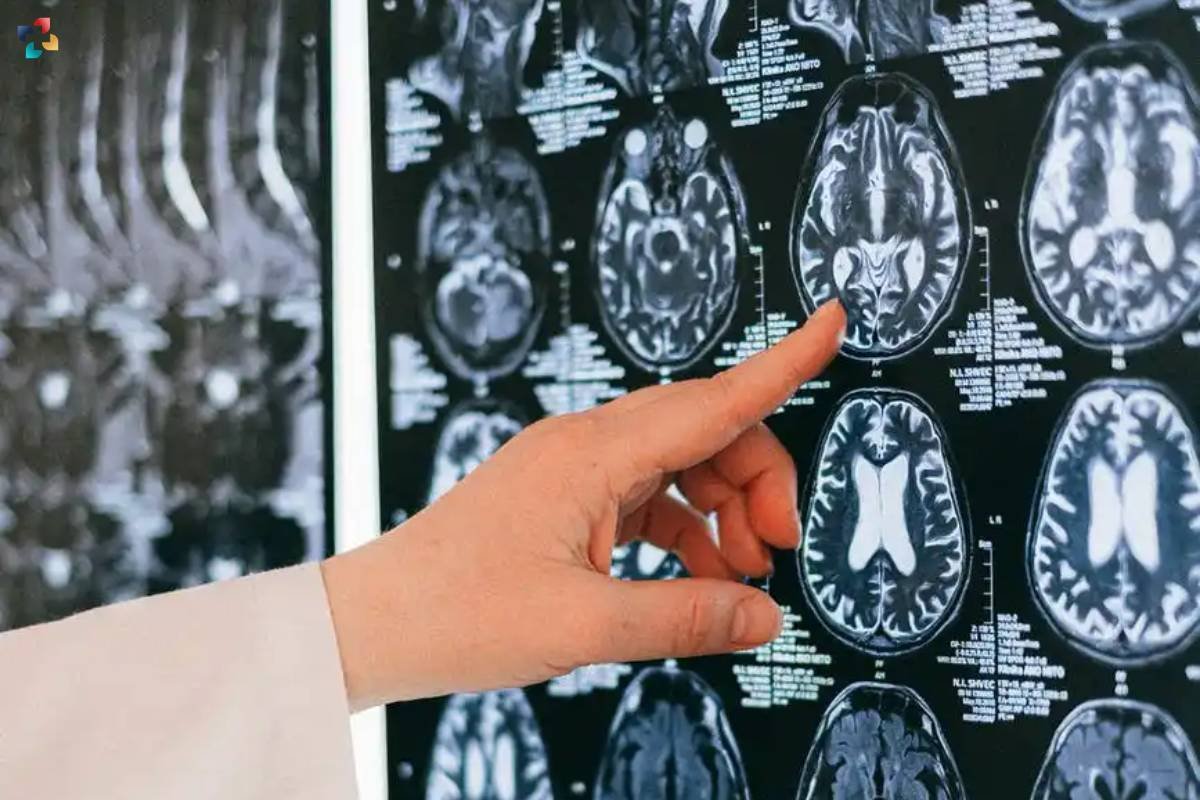
The clinical presentation of glioblastoma multiforme varies depending on the location and size of the tumor, as well as individual patient factors. Common symptoms may include headaches, seizures, cognitive deficits, and focal neurological deficits corresponding to the affected brain regions. Diagnosis of GBM typically involves a combination of imaging studies such as magnetic resonance imaging (MRI) and computed tomography (CT) scans, followed by histopathological examination of tissue samples obtained through biopsy or surgical resection. The presence of characteristic features such as necrosis, microvascular proliferation, and high mitotic activity confirms the diagnosis of GBM.
In addition to the mentioned symptoms, patients with GBM may experience progressive neurological decline, changes in personality or behavior, and visual disturbances. The location of the tumor within the brain can also influence the clinical presentation, with tumors in certain areas causing specific symptoms related to motor function, speech, or sensory perception.
Diagnostic imaging plays a crucial role in detecting and characterizing GBM tumors, with MRI being the preferred modality for its superior soft tissue contrast and multiplanar imaging capabilities. Advanced imaging techniques such as diffusion-weighted imaging and perfusion MRI can provide valuable insights into tumor characteristics and vascularity, aiding in treatment planning and prognostication.
Treatment Approaches for Glioblastoma Multiforme: Current Strategies and Challenges:
The management of GBM typically involves a multidisciplinary approach combining surgery, radiation therapy, and chemotherapy. Surgical resection aims to remove as much of the tumor as possible while preserving neurological function, followed by adjuvant therapies to target residual tumor cells and prevent recurrence. However, despite aggressive treatment regimens, GBM often recurs locally and diffusely, posing significant challenges for long-term disease control. The blood-brain barrier and intratumoral heterogeneity further complicate treatment delivery and efficacy, limiting the effectiveness of conventional therapies.
Emerging Therapeutic Approaches and Clinical Trials for Glioblastoma Multiforme:
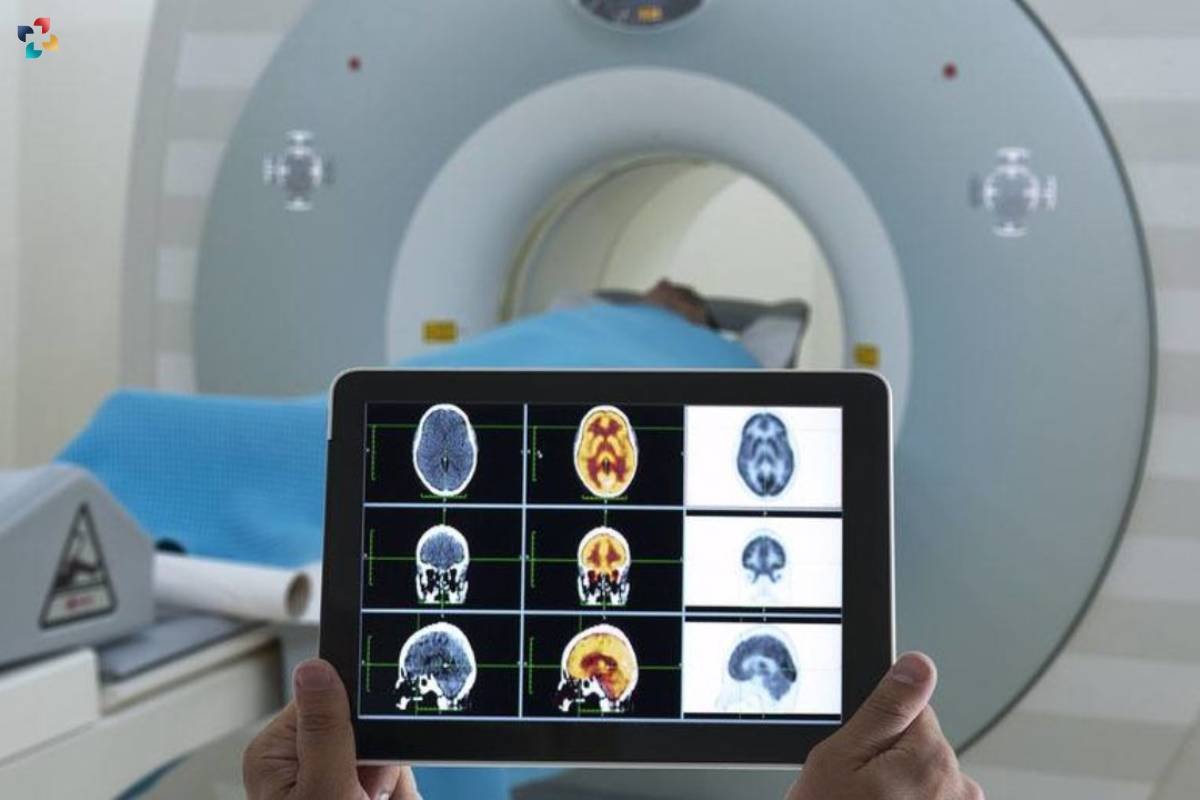
In recent years, there has been growing interest in exploring novel therapeutic approaches and targeted therapies for GBM. These include immunotherapy, targeted molecular therapies, tumor-treating fields (TTFields), and precision medicine approaches based on genomic profiling. Clinical trials evaluating experimental treatments and combination therapies are underway to assess their safety and efficacy in improving outcomes for GBM patients. Additionally, advances in imaging techniques, such as functional MRI and positron emission tomography (PET), are facilitating early detection, treatment response assessment, and personalized treatment planning for GBM patients.
Challenges and Future Directions in Glioblastoma Multiforme Research:
Despite significant research efforts, glioblastoma multiforme remains a formidable clinical challenge with limited therapeutic options and poor outcomes. The heterogeneity of GBM tumors, treatment resistance mechanisms, and the complex tumor microenvironment present ongoing challenges for developing effective therapies. However, advancements in molecular profiling, tumor immunology, and preclinical models are providing insights into the underlying biology of GBM and identifying potential targets for therapeutic intervention. Collaborative research initiatives and multidisciplinary approaches are essential for accelerating progress in GBM research and improving patient outcomes.
Furthermore, the lack of effective treatment options for recurrent GBM underscores the urgent need for innovative therapeutic strategies. Emerging approaches such as immunotherapy, targeted molecular therapies, and gene editing technologies hold promise for overcoming treatment resistance and improving patient survival.
Additionally, advancements in precision medicine, fueled by genomic sequencing and personalized treatment algorithms, offer new avenues for tailoring therapies to individual patients based on their unique genetic profiles. Collaborative efforts between academia, industry, and regulatory agencies are essential for translating scientific discoveries into clinically meaningful outcomes and bringing new treatments to patients affected by this devastating disease.
Conclusion: Navigating the Complexities of Glioblastoma Multiforme:
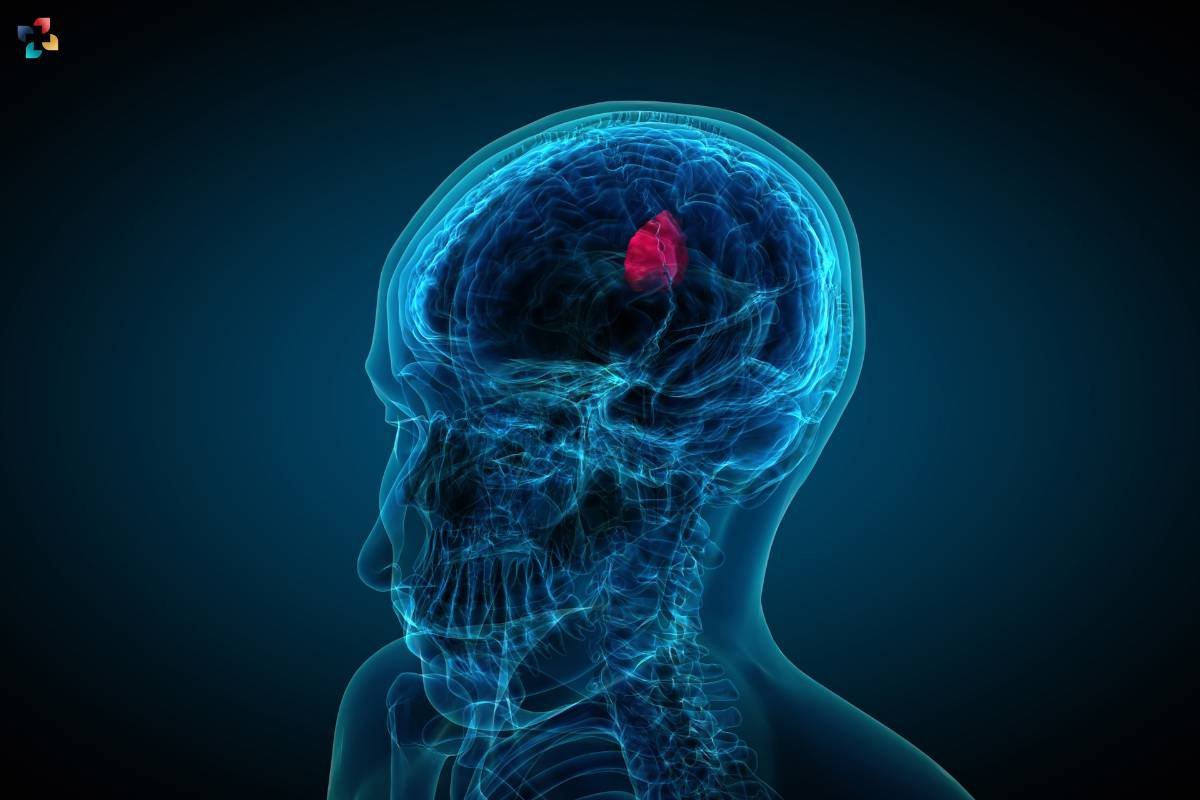
In summary, glioblastoma multiforme, with its aggressive nature, intricate pathophysiology, and restricted therapy options, poses a substantial clinical and scientific challenge. Notwithstanding progress in comprehending the molecular mechanisms behind GBM and the creation of innovative therapeutic strategies, considerable deficiencies persist in our capacity to efficiently manage and eradicate this debilitating illness. Sustained investigation endeavours, cooperation between scholars and medical professionals, and promotion of greater financial support are essential for augmenting our comprehension of GBM and creating inventive approaches to counteract this lethal brain tumor. Together, we can endeavor to enhance the prognosis and standard of living for individuals impacted by GBM.
FAQs
1. What makes glioblastoma multiforme such a challenging disease to treat?
GBM is challenging due to its aggressive nature, high recurrence rate, and limited treatment options. The heterogeneity of GBM tumors and the complex tumor microenvironment further complicate therapeutic interventions.
2. What are some emerging therapeutic strategies being explored for glioblastoma multiforme?
Emerging therapeutic strategies for GBM include immunotherapy, targeted molecular therapies, gene editing technologies, and precision medicine approaches based on genomic profiling.
3. Why is there a need for collaborative research initiatives in GBM research?
Collaborative research initiatives involving academia, industry, and regulatory agencies are essential for accelerating progress in GBM research, translating scientific discoveries into clinical applications, and bringing new treatments to patients.
4. How can advancements in molecular profiling and tumor immunology contribute to GBM research?
Advances in molecular profiling and tumor immunology provide insights into the underlying biology of GBM, identify potential therapeutic targets, and inform the development of personalized treatment strategies tailored to individual patients.
5. What role do preclinical models play in glioblastoma multiforme research?
Preclinical models, such as cell lines, patient-derived xenografts, and organoids, are valuable tools for studying GBM biology, evaluating therapeutic interventions, and predicting treatment responses before clinical trials.






